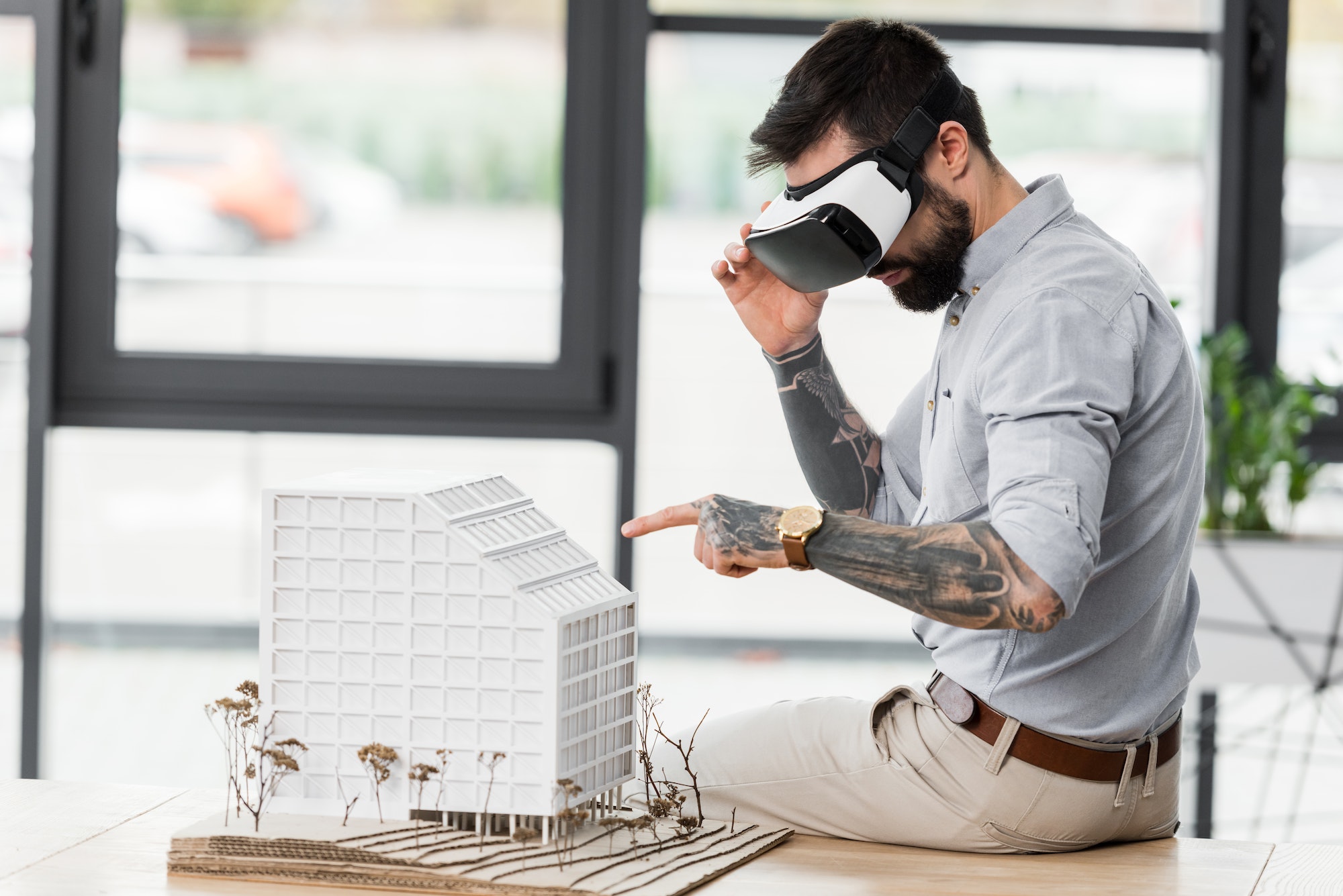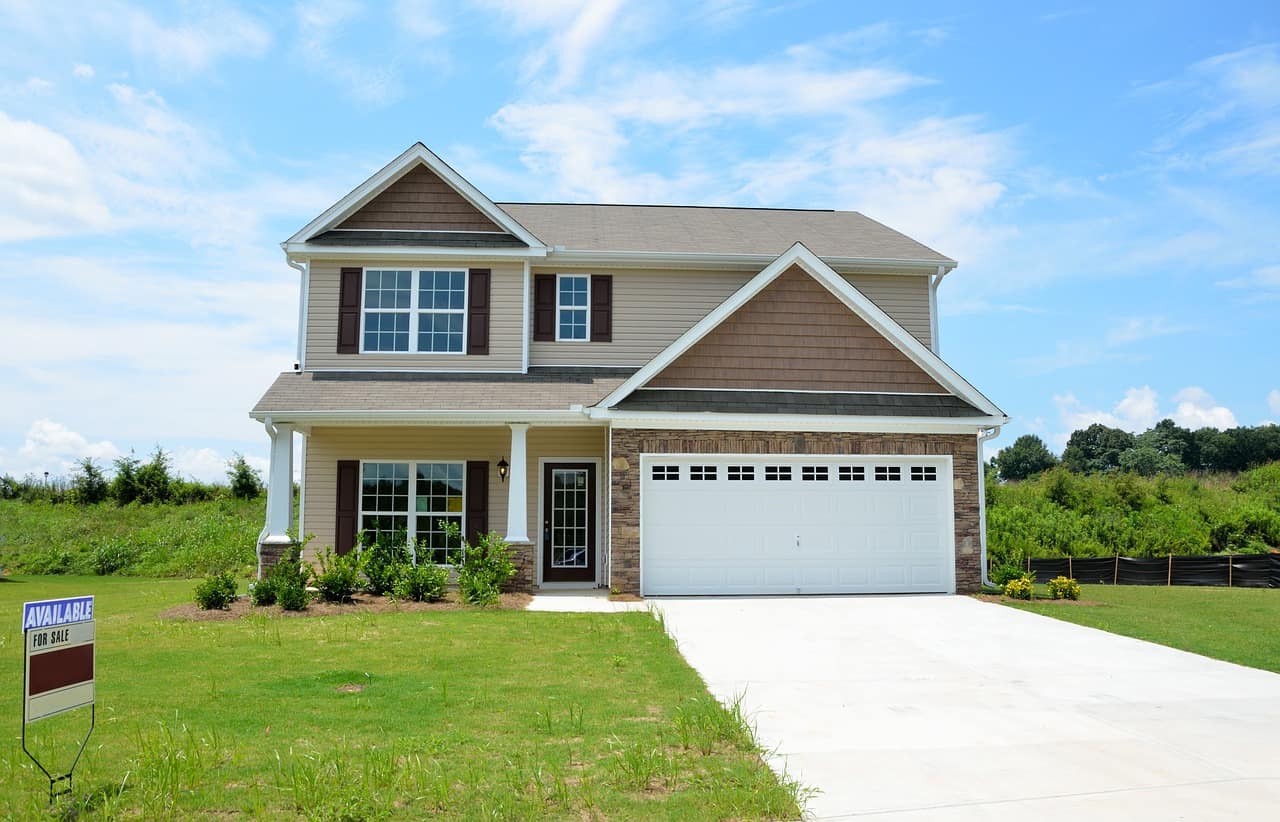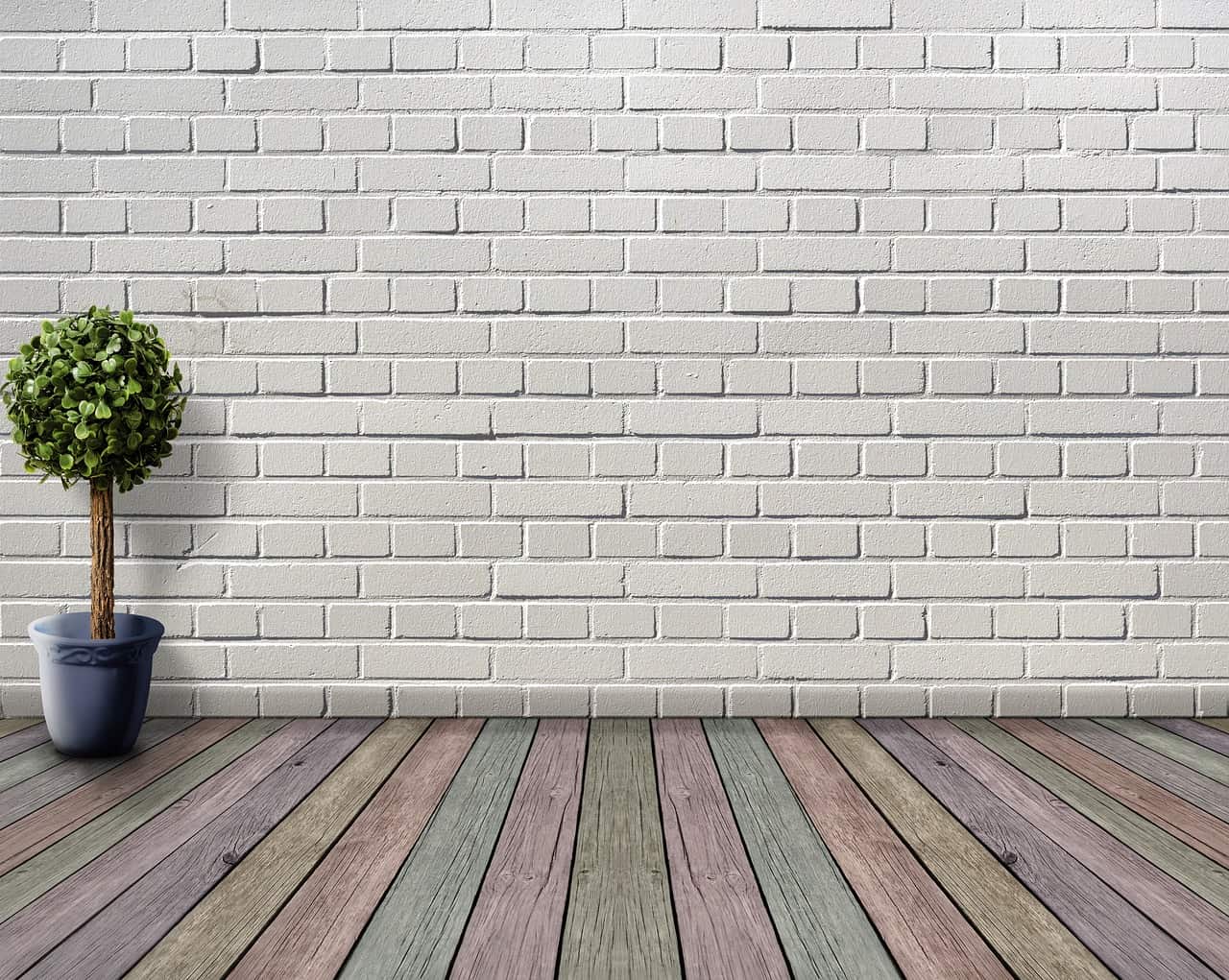Virtual Reality has taken the world of technology by storm. It has affected all walks of our life, opening up opportunities for unprecedented innovation and creative thinking. Research findings point to a host of new possibilities in the field of architecture and design.
Architects and designers are now able to create unique projects with unmatched capabilities, scope, and scale. They are now able to construct immersive environments in which customers can just stroll through to assess proposed projects and concepts. Take a look at the guide on enhancing design and education through VR tools.
Visualization
One of the most obvious benefits of using VR in design is its ability to experiment with various concepts and design ideas. This is an effective educational and learning tool with which designers and architects can unleash the full power of their creativity and unconventional thinking.
Customers derive lots of benefits, too, as they get a chance to visualize each concept or project through VR tools. This makes the entire process of design development faster, more efficient, and more customer-oriented. It is also a cost-effective measure, as it makes the need for physical prototypes redundant.
VR enhancing educational opportunities
VR has a large role to play in the educational process too. When used by tutors creatively, it is a smart tool for bringing abstract ideas to virtually tangible images and experiences. They bring blurry ideas to life. VR can also be used to create virtual classrooms in which a larger number of students can participate. This enhances the inclusivity of the learning process while saving lots of expenses associated with traditional class-based processes.
The above can be an additional burden to students who are dealing with tough school assignments and tight deadlines. Many of them get a respite by hiring the services of qualified and reliable GrabMyEssay writers. This frees up some of their time, which they can use to focus on other priorities.
Accessibility & affordability
While the benefits of using VR in architecture, design, and related educational processes are fairly obvious, one should take into consideration the degree to which students can have access to or afford VR tools and resources. These are relatively new tools, and they are not cheap. If students do not have equal and equitable access to them, many of them might get left out of the learning process.
Improved research and methodology
With VR tools, tutors and students are able to make great strides in advancing research and refining applied methodologies in architecture and design. Many colleges and universities are now considering the application of VR tools to advance the approaches to modern research and scientific methodology. VR can prove to be an indispensable tool in research and development as an integral part of both the learning process and the relationship between designers and customers.
Many companies have started developing 4D models using VR technology, which is a groundbreaking initiative. Adding the time dimension to conventional 3D models is unprecedented, and it opens up a slew of new possibilities.
This is only the beginning
Despite the apparent advantages of using VR tools, not all architects and designers have yet made up their minds to adopt them in their work. The same is true of educational institutions with courses and programs in architecture and design. But this is only the beginning of a new era in how architecture and design are taught in schools and how professionals use VR tools to meet the demands of customers.
VR tools are already playing an increasingly important role in the business activities of companies that make every effort to localize their services and products. To that end, they normally hire the services of a professional localization company to make their products and services relevant to local needs and demands. This is a smart move that justifies any time and financial investment made.
Final Thoughts
VR tools have already made inroads into many educational and business activities. Architecture and design are no exception. They have a lot of potential to boost the education process and expand the range of design options and business opportunities. It also spurs innovation and creative skills at unprecedented levels.
***
Joanne Elliot is a professional writer and experienced designer. She has spent more than two decades in the design business, witnessing the evolutionary process and its development against the backdrop of fast-changing technological advancements and digital transformation. Joanne has lots of followers, and she shares regular posts about recent trends in architecture, design, and technology.
Discover more from Futurist Architecture
Subscribe to get the latest posts sent to your email.



